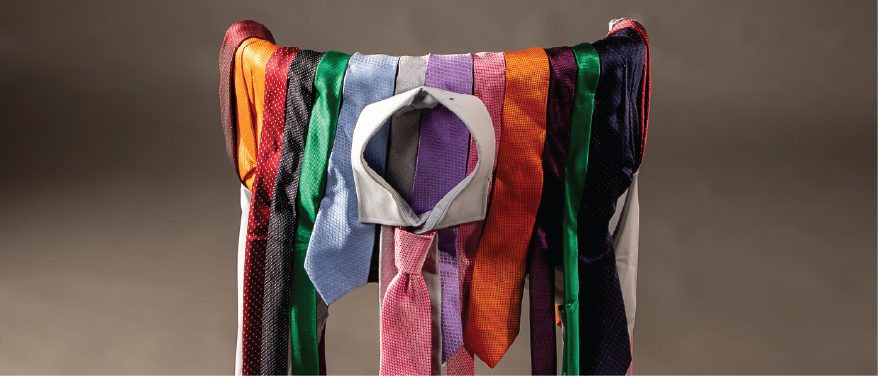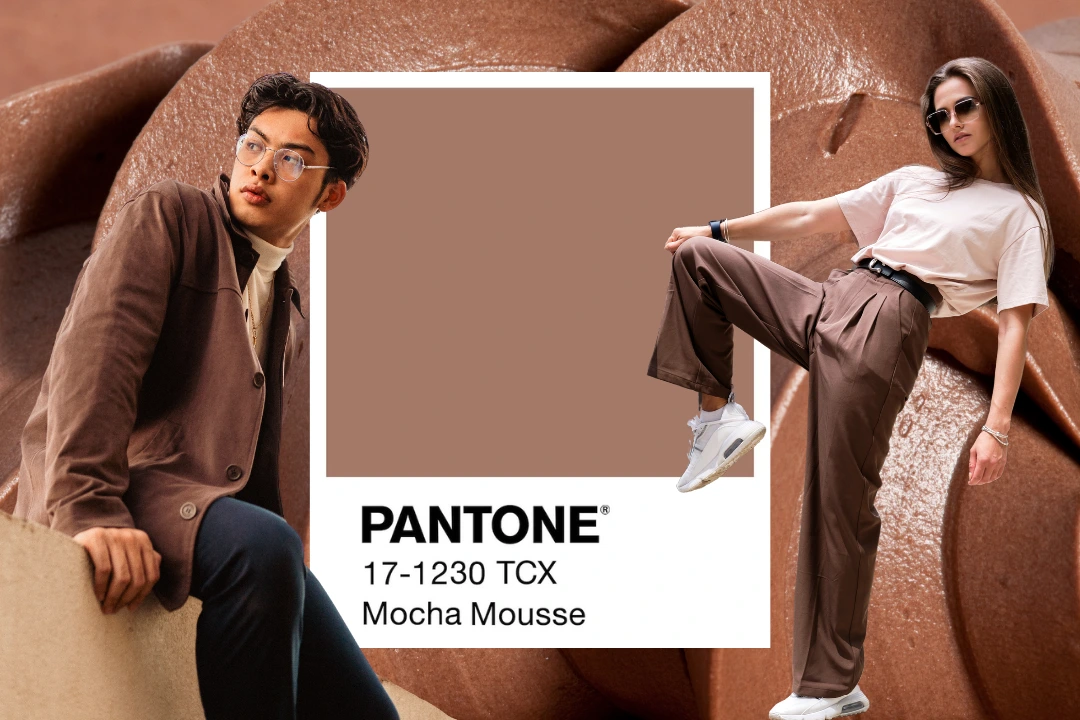It is no surprise that as our tools and resources advance, so does our collective way of using and manipulating them. In the fashion industry, we are currently seeing many conversations about how brands can integrate sustainable efforts into their core mission and further brainstorming on how we can enhance the shopping experience and if augmented realities are the new wave of designer displays. Many of the most sophisticated advancements have come from artificial intelligence (AI) assistance via chatbot services and touchscreens. This shift has upgraded brands’ ability to access analytics in various ways, like increasing data, consumer needs projections, etc. It also shapes the way consumers engage with the brand’s products.
Artificial intelligence, Virtual Realities, & Fashion Houses
Virtual reality (VR) is an added sector to the brand’s trail, blazing themselves at the forefront of younger generations and stepping into the Metaverse. OBSESS is a virtual fashion retailer platform created by Neha Singh. With a background in both fashion and engineering, Singh created a platform to allow exploration of the metaverse through fashion houses. OBSESS is a company that creates and hosts VR flagship stores and pop-ups that can be generated on the brand website itself. Generating the e-commerce platform utilizing VR and AI allows consumers to shop in an immersive environment where garments are 3D, yet everything is shoppable. Similarities in these advancements also align with brands like Fabricant. Fabricant is a digital-only clothing brand. In the name of sustainability, they only create garments after purchase to ensure less waste.
Augmented Realities & Fashion Students
As spaces like the Metaverse and OBSESS begin to take form, this sparks conversions about software programs and digital apps for the use of design. While pencil and paper still hold weight in an analog world for design- as we move into more digital advancement, we have also seen a rise in software-based design and creation. Many design software are available that align with garment curation advancement via 3D creation. At Istituto Marangoni Miami, after a few hands-on pattern-cutting courses, we work with CLO 3D. In November of 2022, Marangoni teamed up with Halston to create and showcase pieces inspired by Halston for the “With Love Halston” non-profit foundation to be showcased for Art Basel. This contest was a collaboration between students and the Halston brand to create garments that best spoke to what they believed Halston would be creating now while still honoring his principles and celebrating him as a whole.
CLO 3D & A “With Love Halston” Finalist
Students worked on their designs for several months, having two brainstorming sessions. One was within themselves as they designed original ideas, and the second was with the eight finalists and Halston team members who served as mentors for the project’s second phase. This collaboration was interesting because the final showcasing was done in person and presented by AI models within their CLO 3D programming. I had the opportunity to interview one finalist Maria Cacciatore, who gave me an inside scoop on working with CLO 3D for her “With Love Halston” designs.
What was your design concept for this competition? – “My vision specifically was how do I create something both youthful and timeless, but also celebratory. I knew this piece was being used to commemorate a legend in the industry and felt the design needed to be an art piece on its own. The dress ended up being a great representation of both my personality and Halston’s.”
How did CLO 3D play into your design process? – “CLO allows you to see the fit and proportions on an avatar with real-life measurements. Therefore, it eliminated the trial and error of sizing. I only had to make one sample to make sure it translated correctly in real life, and with only a few small changes, I got the final piece made. CLO isn’t 1000% accurate, so some adjustments must be made. So it’s easier and faster to make changes on CLO than with a paper pattern.”
What would you say if you had to describe CLO 3D software to your youngest sibling? – “CLO 3D is software on the computer that allows you to digitize and make patterns. A 3D Avatar allows you to visualize how the garment would translate in real life. CLO 3D allows you to create a 2D pattern on one side and visualize it on the avatar on the other side. It makes the process of creating what you want easier as you see it on an avatar with real-life measurements. It eliminates errors you would have when making a pattern, making a sample, and trying it on a model. This gives a better representation of what the garment will look like. It also eliminates human error and enables you to create better and more accurate shapes and sewing because of all the features and tools.”
Has CLO changed your designing process approach since the competition? In what ways? – “I have become more comfortable with the software and more independent. Since I am creating more patterns with CLO, I am beginning to train my mind to see how I would construct something on CLO when I see my sketch. Knowing pattern making allows you to design better and more realistically.”
Fashion Design Software
As we continue to test out further technological advances in the fashion industry, we will continue to see the use of digitized means in our creative process. Outside of CLO 3D, plenty of other design software programs focus on 3D model apparel and rendering.
- Browzwear – design programming created in Singapore allows you to test garment fits before sending them to production.
- Marvelous Designer – includes fabric simulation, 2D design, and pattern drafting. It can also be used as additional creation software for other programs (e.g., Maya).
- Romans CAD – made for leather and footwear industry creations and features a clear collaborative workspace that designers can share with a team.
- Tailornova – a program featuring pattern making, fabric selection, and design concept tools.
Understanding what design strategies work best for you as a fashion student is imperative. Whether it aligns with doing things strictly online or a balance between paper, pen, and your laptop – trial and error leads us to greatness. As tech continues to reshape the fashion industry, maintaining an open mind is critical to recognizing and integrating these changes.
Written by: Uma Peña-Cabrera, Student Writer
Date: May 2, 2023



